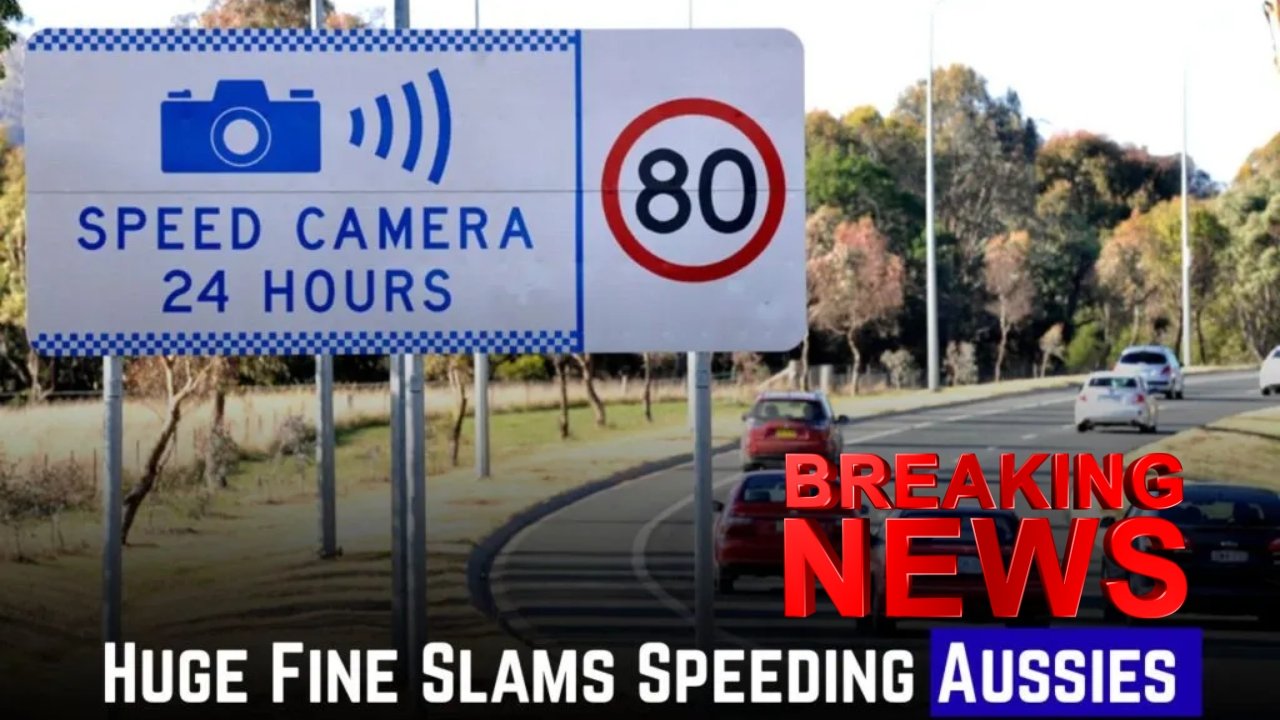In 2025, changes to traffic legislation in Australia continue to focus on greater road safety enhancements. Besides improving public safety, minor road risk fatalities and address the driving risk behaviours. Every driver in the states and territories across Australia must know the new road rules, fines and penalty zones to avoid massive penalties.
Lowered Speed Limits and Increased Penalties
In 2025, Australia will have reduced the maximum speed in several urban and heavily populated pedestrian areas. Numerous areas in the country should, at a minimum, have a maximum speed of 40 km/h, down from 50 km/h or higher. For example, pedestrian zones in Queensland and Western Australia established 40 km/h zones. South Australia requires a 25 km/h speed when passing stationary emergency and breakdown vehicles with flashing lights and South Australia. Drivers in Melbourne will receive a speeding 45 km/h or greater over the limit will get a $1,000 fine, lose driving privileges and face insurance repercussions. These laws aim to prevent speeding, especially in areas with vulnerable road users.
Designated Speed Areas: Schools and Emergencies
At schools across the country, designated times have been assigned a temporary special speed limit of 40km/h instead of the usual 60km/h limit. These speeds have the potential to operate with flashing lights. This is all done in the interest of child safety during these sensitive times. In addition, new laws require even greater speed reductions when passing emergency and roadside assistance vehicles. In South Australia, for instance, a law exists that mandates a speed reduction to 25km/h within close proximity of a emergency service vehicles and roadside service vehicles with flashing lights and amber lights. These laws come with fines of nearly $1895 and severe demerits.

Use of Technology in Enforcement
The new 2025 traffic updates encourage the use of new technology in the enforcement of legal speed limits, as well as other road safety measures. AI technology is being used to create automated cameras that will most efficiently identify drivers and passengers who are violating the laws concerning mobile phone use, seat belt use and speed. These new cameras will serve to support and aid existing law enforcement to ensure that new speed limits are being adhered to. Significant penalties have been established to discourage distracted driving.
Summary of Key Speed Limit Changes
| Area | New Speed Limit | Details |
|---|---|---|
| Urban & High Pedestrian Areas | 40 km/h | Replacing higher limits in many zones |
| School Zones | 40 km/h | Active on school days during peak times |
| Emergency/Breakdown Vehicles | 25 km/h | When vehicle lights are flashing |
| Extreme Speeding Penalty | Varied*, up to 45km/h+ over limit | $1,000 fine + license suspension in Melbourne |
Most Frequently Asked Questions
Q1. What happens if I speed 45km/h over the limit in Melbourne?
You may face a $1,000 fine, immediate license suspension, and potentially higher insurance premiums or court penalties.
Q2. Are there different speed limits in school zones now?
Yes, in most Australian states, speed limits in school zones are 40 km/h on school days for certain hours, indicated with flashing lights.
Q3. How are mobile phone use and seatbelt laws enforced now?
AI-powered surveillance cameras monitor and automatically fine drivers who use phones or drive without seatbelts, and fines have increased significantly.

